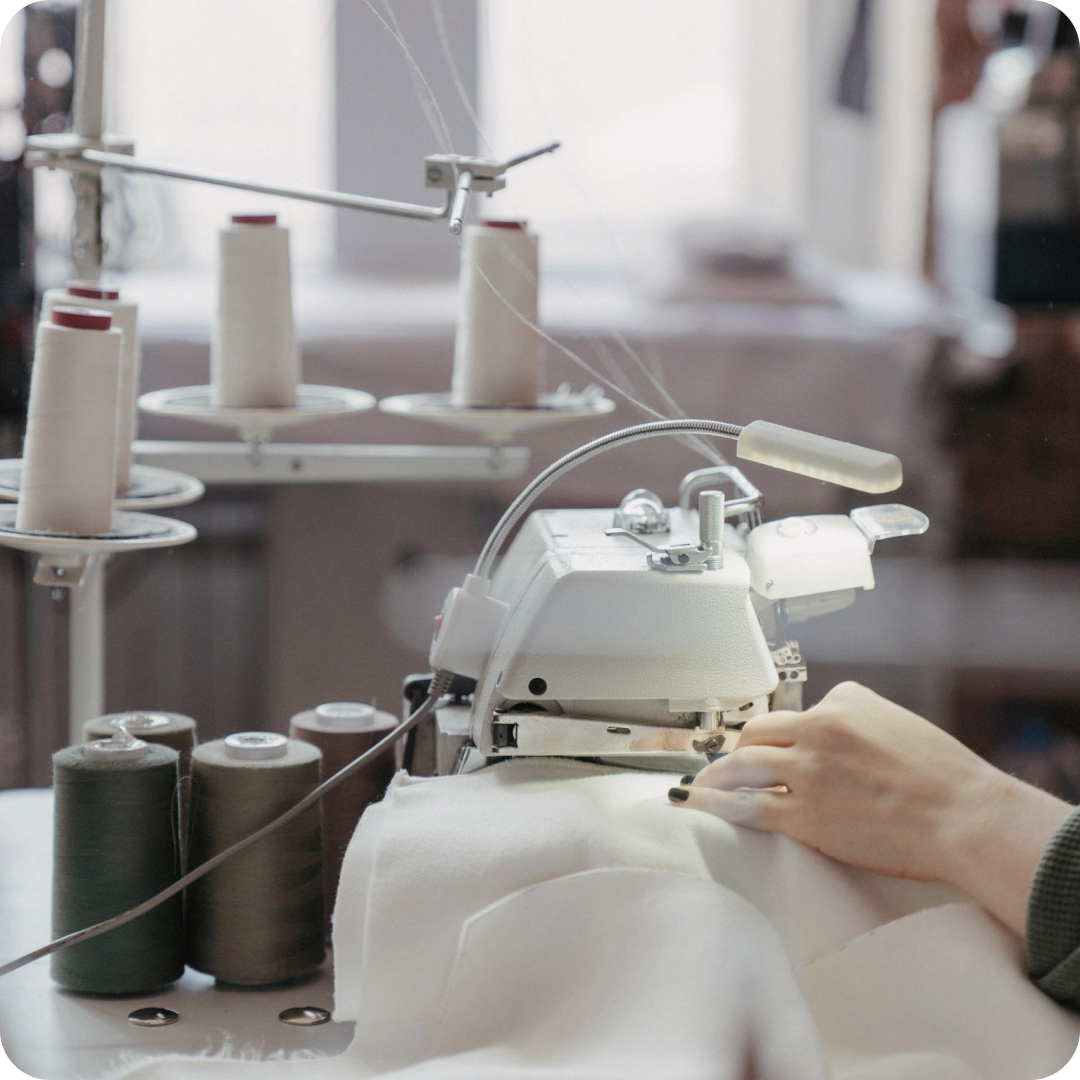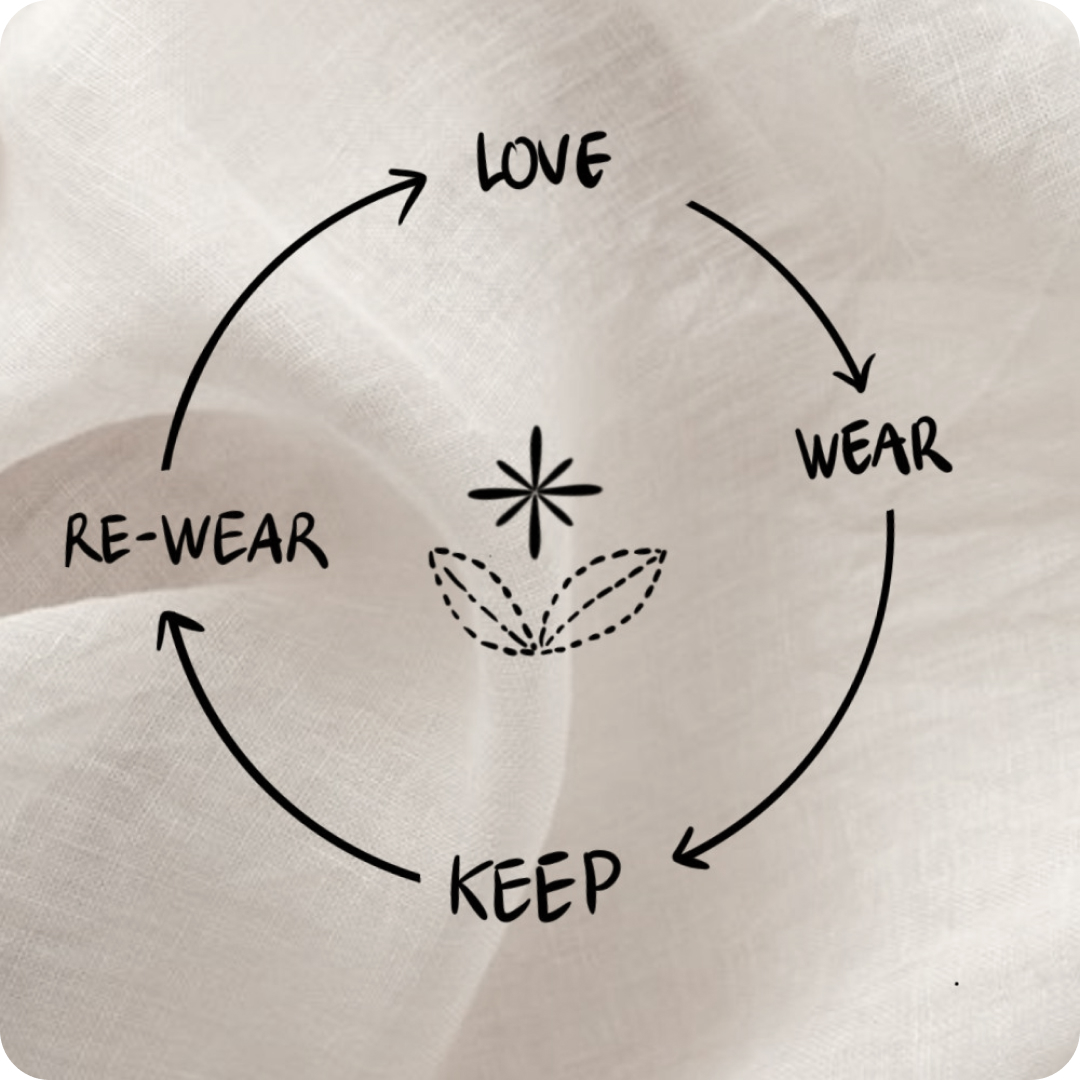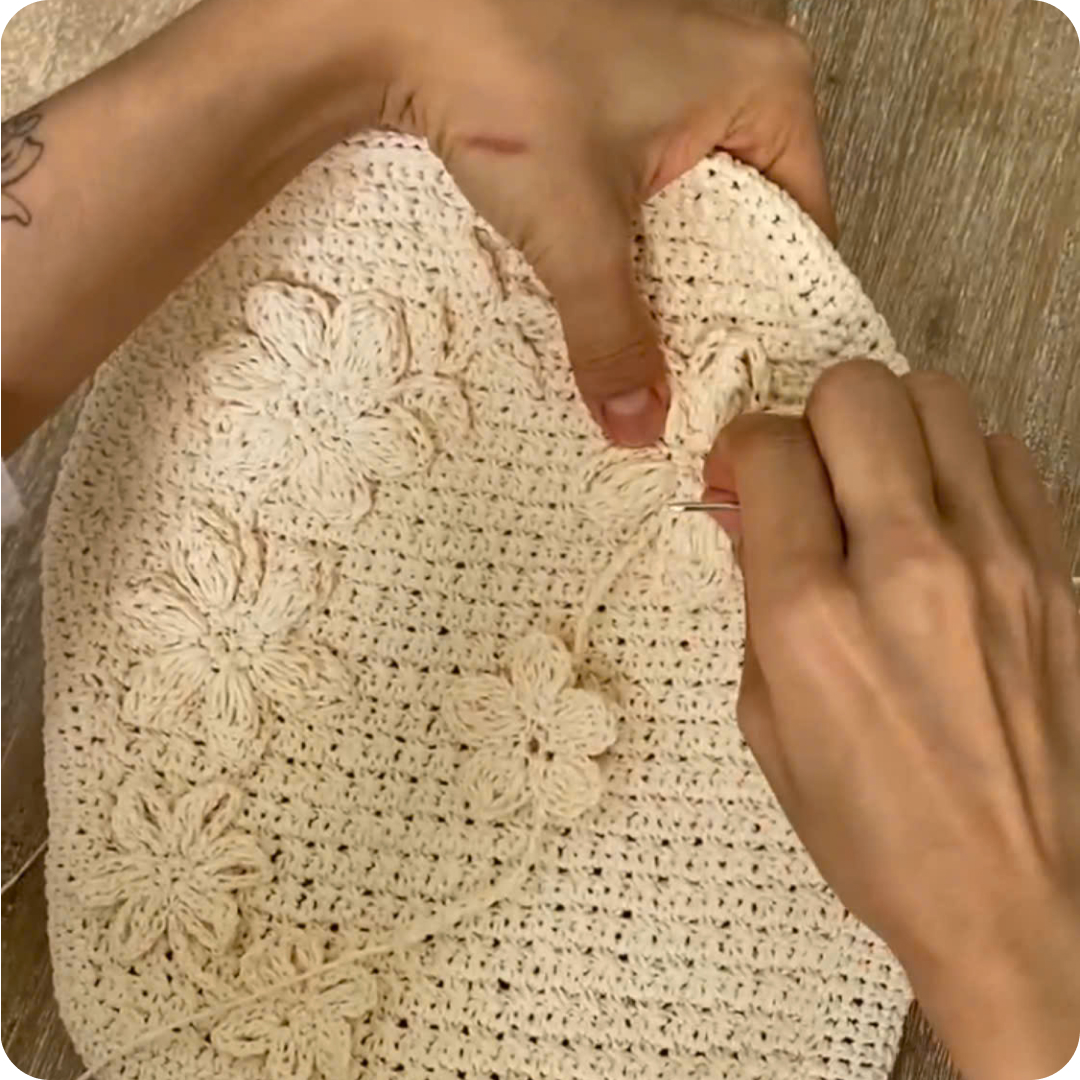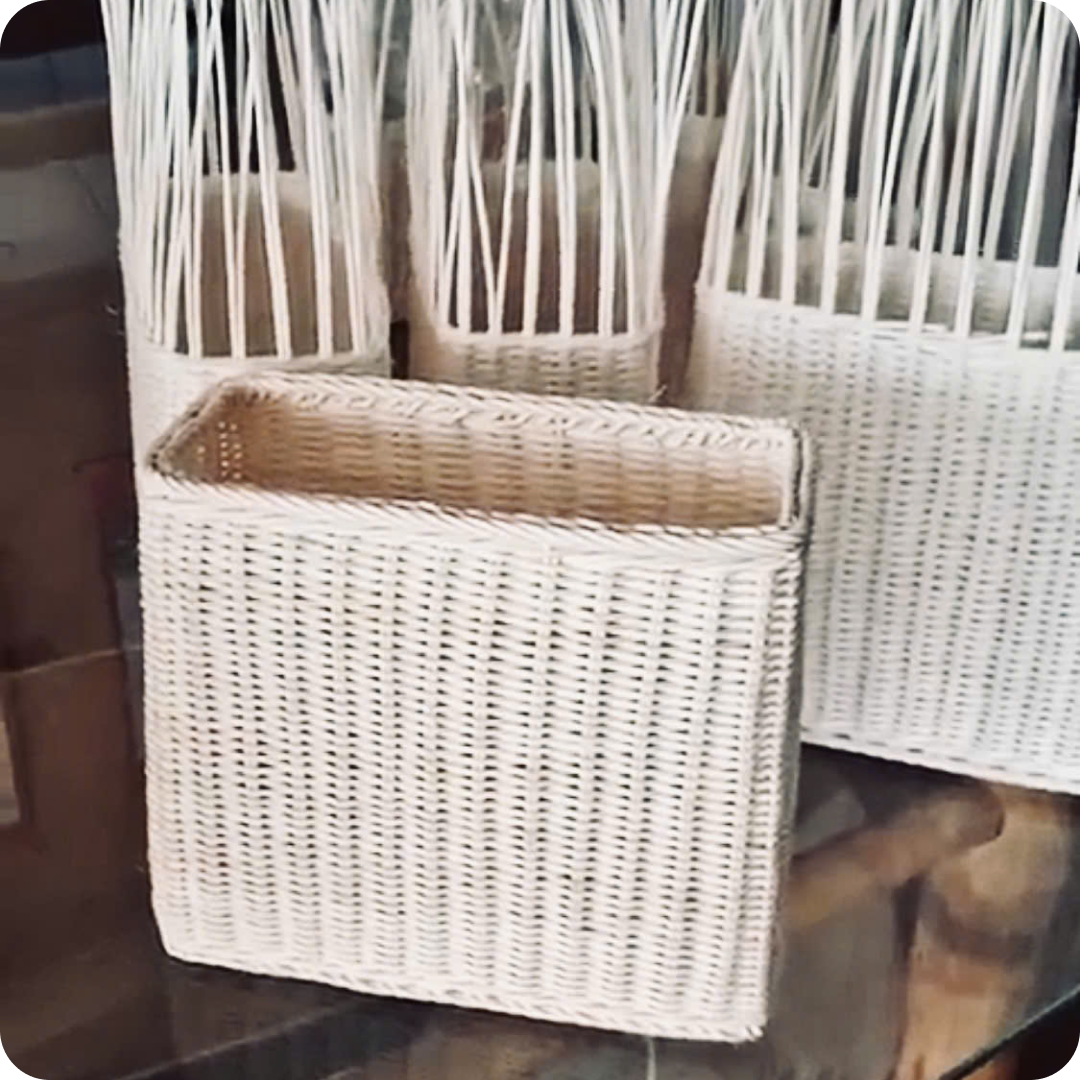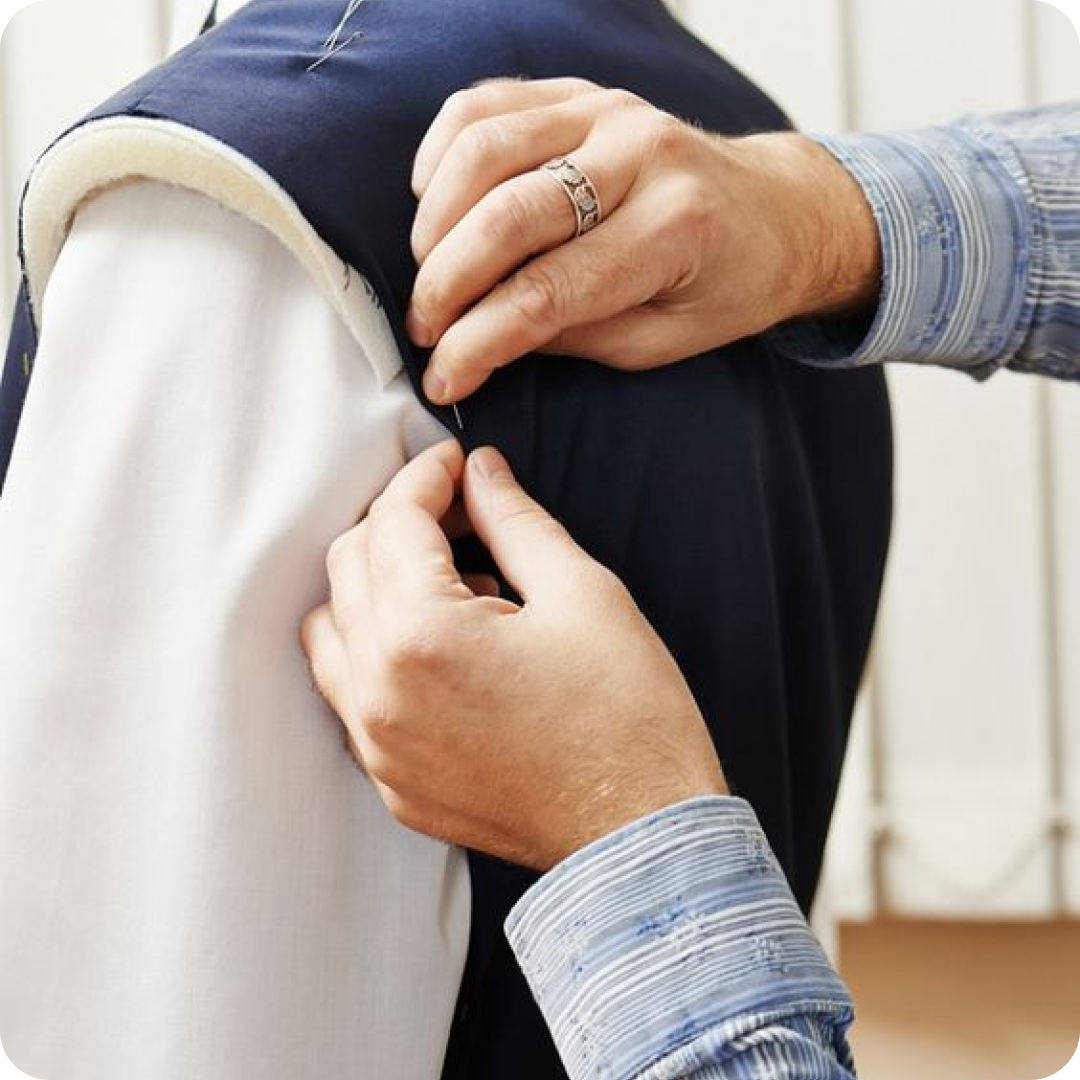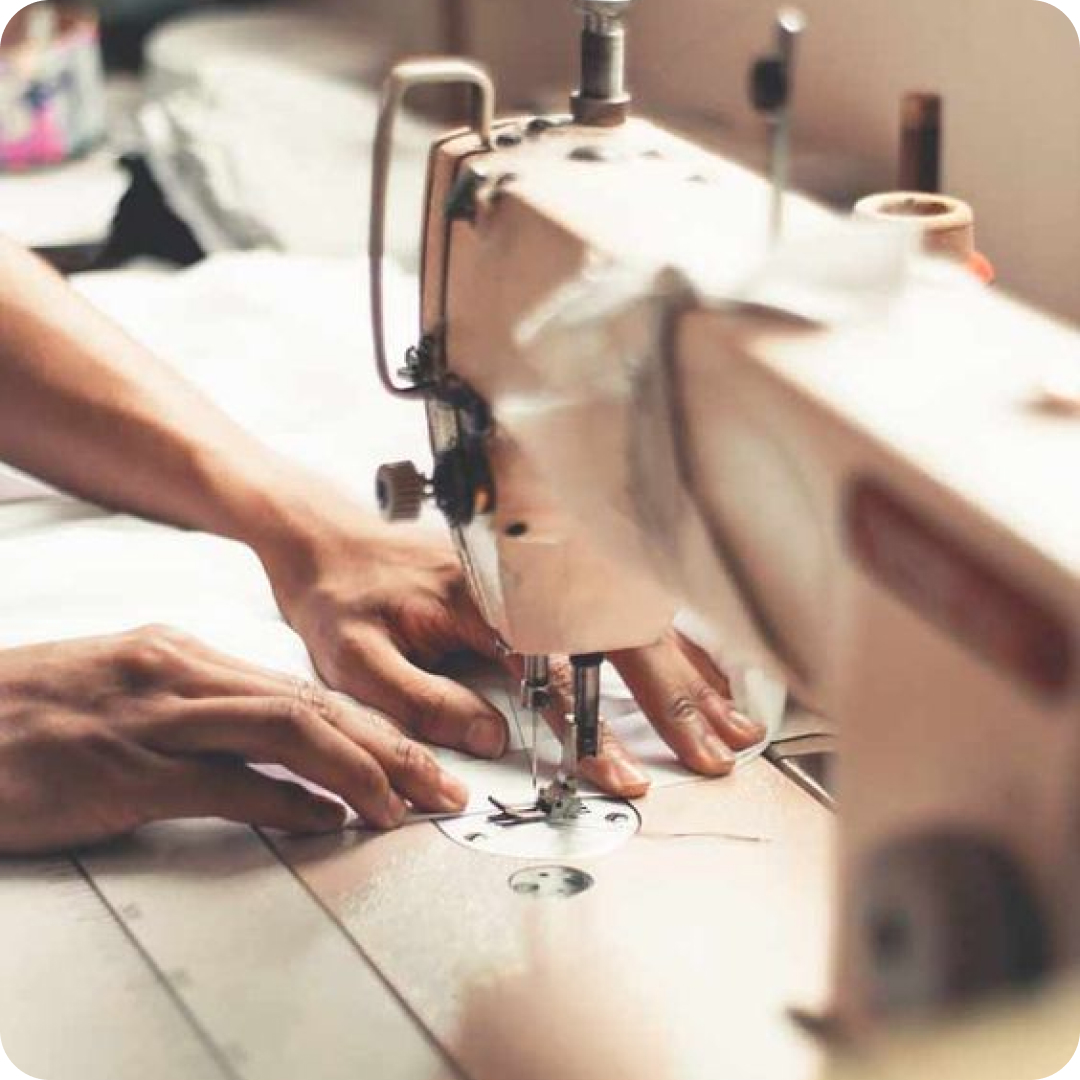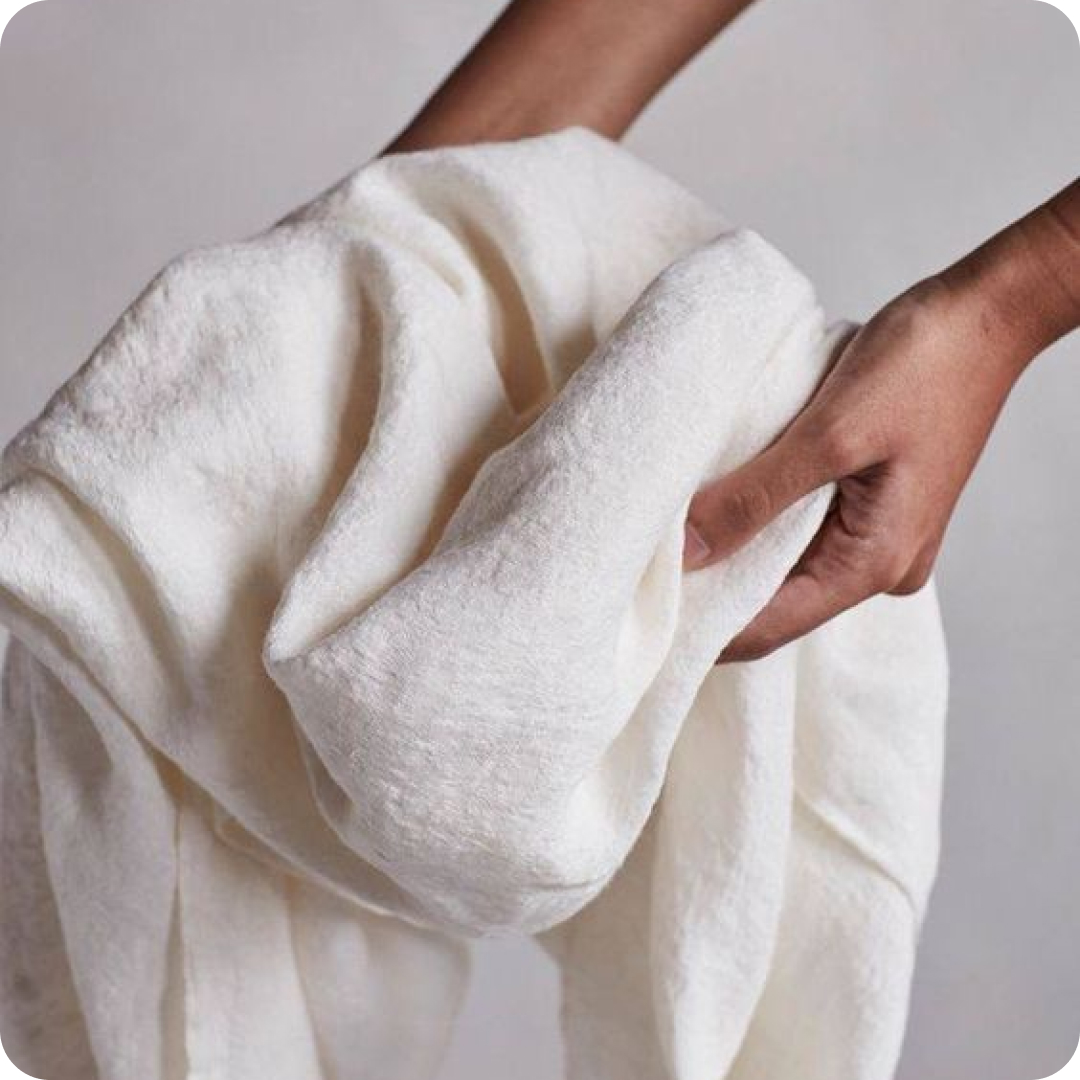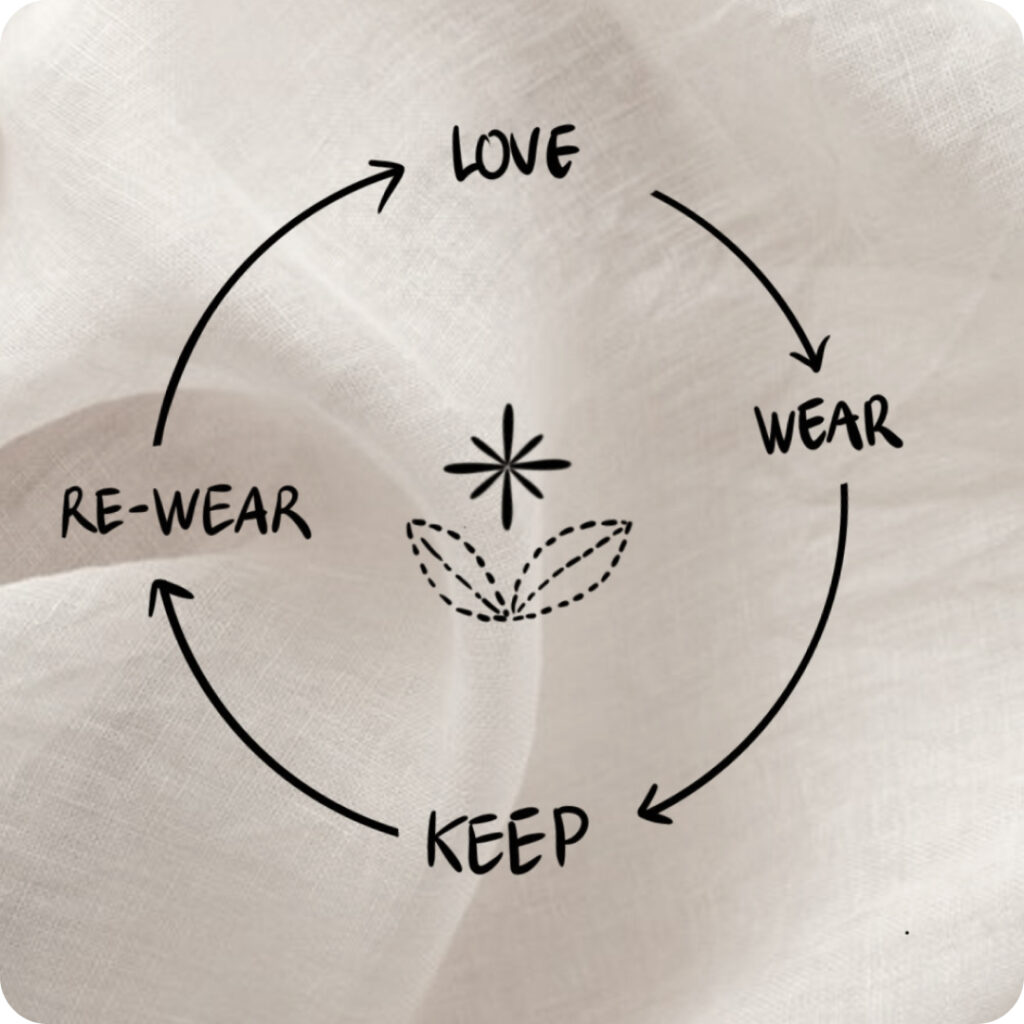Fashion Overproduction Solved with 3D Tech
Reimagining Fashion Overproduction: The Rise of 3D Design in Tackling Overproduction
The fashion industry, synonymous with creativity and change, has been facing an inherent issue – overproduction. This not only affects profitability but also has a considerable environmental footprint. The traditional model that the industry has been following is contributing to a surplus of $500 billion worth of clothing being produced without finding a consumer, leading enterprises and experts to turn to modern technological solutions to avert this unsustainable trend.
Fashion’s overproduction problem leads to waste and environmental harm. (Internet Source)
So, how can technology step in to address and potentially eliminate fashion’s overproduction problem? The key arguably lies in innovation through 3D design and digitalization which is transforming how we produce, buy, and wear fashion.
The On-Demand Production Model
Embracing technology leads to smarter production methods that align closely with consumer demand. On-demand production is an emerging industrial philosophy that means garments are only created when a customer makes a purchase. This greatly reduces the risk of unsold inventory, ensuring that fashion clothes are made with a purpose, for a specific consumer.
Revolutionizing with 3D Design Technologies
The 3D design is particularly pivotal in fashion’s fight against overproduction. It enables brands to visualize garments with striking accuracy and detail without the need to create a physical sample. In a virtual environment, adjustments can be made in real-time, streamlining the design process and drastically reducing the need for multiple samples – a key source of waste in the industry.
Technology plays a crucial role in reducing fashion overproduction. (Internet Source)
Through the application of 3D technology in fashion & clothing, brands can now allow customers to view and customize their garments digitally. This not only increases customer engagement and satisfaction by providing a personalized experience but also significantly cuts down the production of unwanted items.
Enhancing Precision with Laser Cutting
Another technological marvel contributing to the reduction of waste is laser cutting. This is a precise fabric-cutting technology that ensures minimal fabric waste by cutting patterns accurately, utilizing the maximum fabric area. This technology dovetails perfectly with 3D design because the specifications for cutting can come directly from the digital models, meaning that when a garment does go into production, it does so with efficiency at its core.
Integrating Data Analytics
Moreover, advanced data analytics can be used to predict fashion trends, thereby informing production volumes. By understanding consumer behavior patterns, fashion brands can produce closer to actual demand, resting heavily on predictive algorithms rather than speculative bulk manufacturing.
Sustainability and Consumer Awareness
Aside from the technological aspect, there is a growing consumer awareness and a push towards sustainability in the fashion & clothing sector. Customers are increasingly interested in the origins and production methods of their garments. By incorporating technologies that reduce overproduction, brands can not only meet this growing demand but can also reinforce their commitment to sustainable practices.
Collaborating for a Sustainable Future
The solution to fashion’s overproduction issue is not a siloed effort but rather a collaborative one. Design software companies, fabric mills, fashion brands, and retailers must work together to integrate these 3D technologies. The future could hold a fully digitalized supply chain where fashion clothes are rendered in 3D for the consumer’s selection and then produced swiftly and sustainably thanks to these technological advancements.
In summary, technology in the form of 3D design and production, precise laser cutting, and robust data analytics holds the promise to eliminate the inefficiencies leading to overproduction in the fashion industry. By smartly investing in these technologies and leveraging them to produce on-demand, the fashion sector can advance towards a more sustainable and profitable future, addressing the environmental impact and satisfying consumer needs for personalized fashion clothes.
Conclusion
Technology indeed holds the key to solving the fashion industry’s overproduction. The advent of 3D design, combined with smart production techniques, is reshaping the landscape of fashion clothes manufacturing. By responding in real-time to actual demand rather than anticipated demand, the industry can drastically reduce waste and contribute to a healthier planet and a more engaged consumer base.

